May 30, 2025 | 15:36 GMT +7
May 30, 2025 | 15:36 GMT +7
Hotline: 0913.378.918
May 30, 2025 | 15:36 GMT +7
Hotline: 0913.378.918
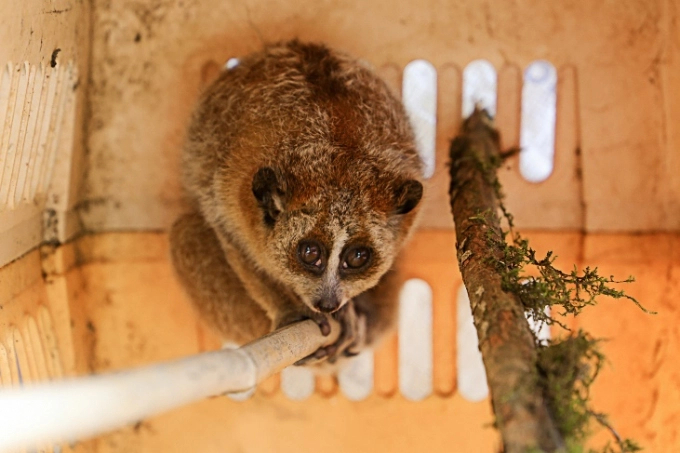
A Sa Pa resident discovered a small loris while working in the fields and brought it to the Hoang Lien Center for Rescue and Conservative Organism to take care of and release it back into the forest.
Mr. Nguyen Huu Hanh, Director of Hoang Lien National Park said that on June 23, Hoang Lien National Park cooperated with the Hoang Lien Center for Rescue and Conservative Organism to re-released 5 species of 20 wild animals to the natural forest in the Xe mountain area, near O Quy Ho Heaven Gate.
These wild animals were received from seizures, donation, or rescues, and are now released back into the wild.
The 20 wild animals are consisted of 3 individuals of small loris (Nycticebus pygmaeus); 5 large-headed turtles (platysternon megacephalum); 6 individuals of moldy civet (Paguma larvata); 2 wild cats (prionailurus bengalensis); 4 pythons (Python molurus).
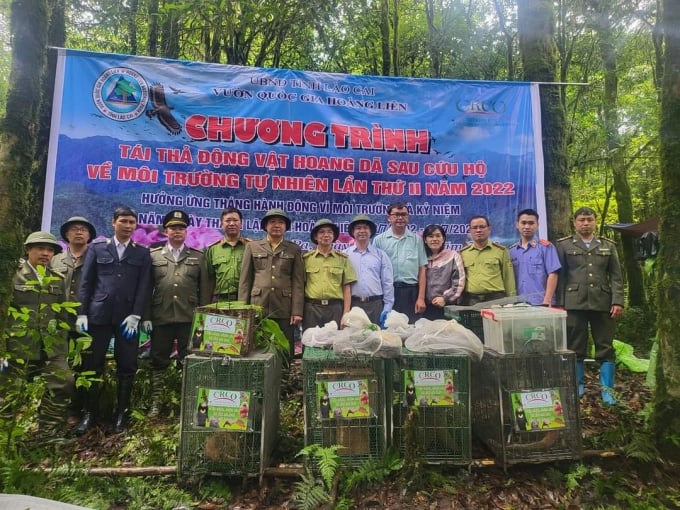
The release of wild animals into the wild on June 23, 2022.
Hoang Lien National Park organizes the re-release of wild animals after their rescue to the natural environment to celebrate the 115th anniversary of the establishment of Lao Cai province (July 12, 1907 - July 12, 2022), and 20 years of establishment of Hoang Lien National Park (July 12, 2002 - July 12, 2022).
In Lao Cai province, there are 955 species of wildlife with national and global conservation value. These species include 155 precious and rare species; 20 rare species listed in Vietnam’s Red Data Book and the Red Data Book; 19 species included in the CITES Appendix; 22 typical endemic species for the high mountains of Hoang Lien Son.
Translated by Hoang Duy
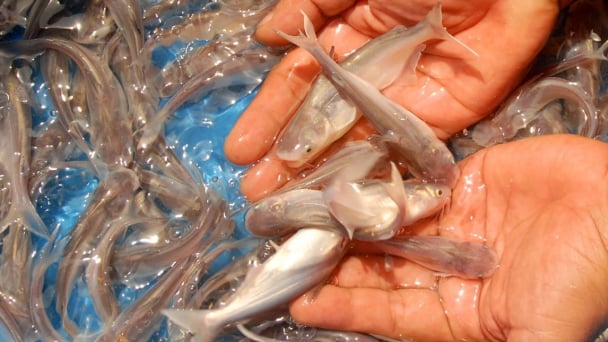
(VAN) Vaccinating juvenile pangasius helps reduce disease, antibiotic use, and farming costs, increasing profits for export-oriented farmers in An Giang.

(VAN) Due to a limited supply of workforce and competitive recruitment requirements, businesses struggle to retain talented veterinary human resources.
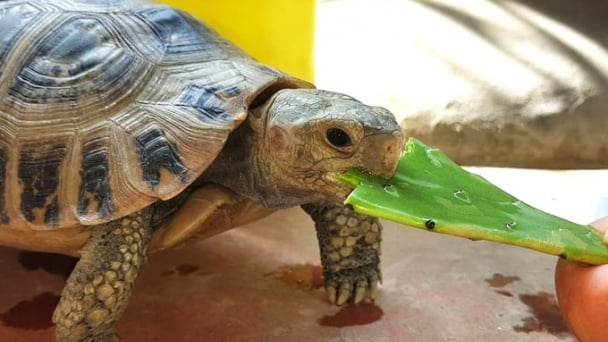
(VAN) WOAH’s guidance aims to mitigate disease risks through a One Health approach that balances economic, conservation, and public health interests.

(VAN) Ms. Nguyen Thi Dung, Deputy Director of Ngoc Hoang Cooperative, shared about the journey of bringing dragon fruit to Europe, achieving annual revenues in the billions of VND.
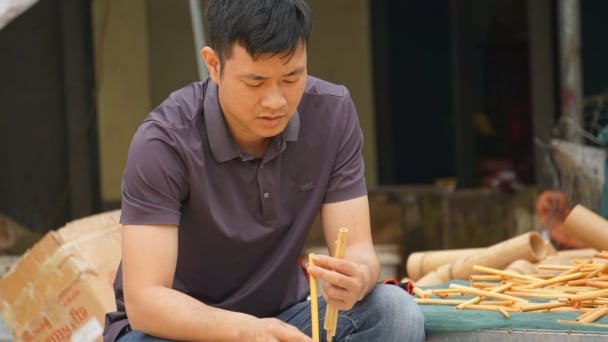
(VAN) Bamboo products from Thang Tho Bamboo Cooperative have reached many countries around the world, while also creating jobs for local workers.
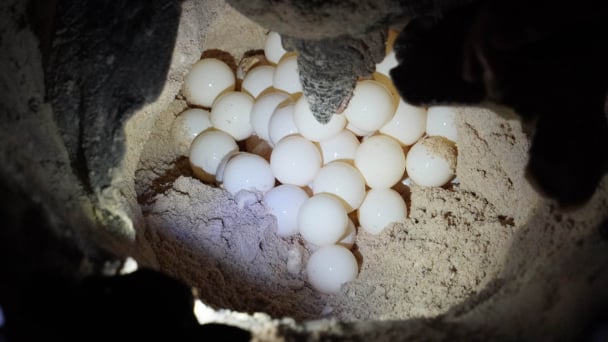
(VAN) The Management Board of Con Dao National Park reported that a green sea turtle, tagged in the Philippines, has traveled thousands of kilometers to lay 84 eggs on Bay Canh Islet.
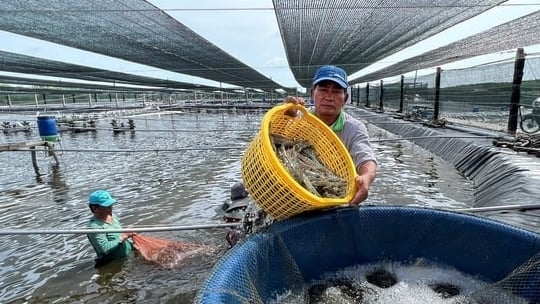
(VAN) Green technology is paving a new path for sustainable aquaculture in the Mekong Delta in particular and across the country in general, helping reduce emissions and adapt to climate change.